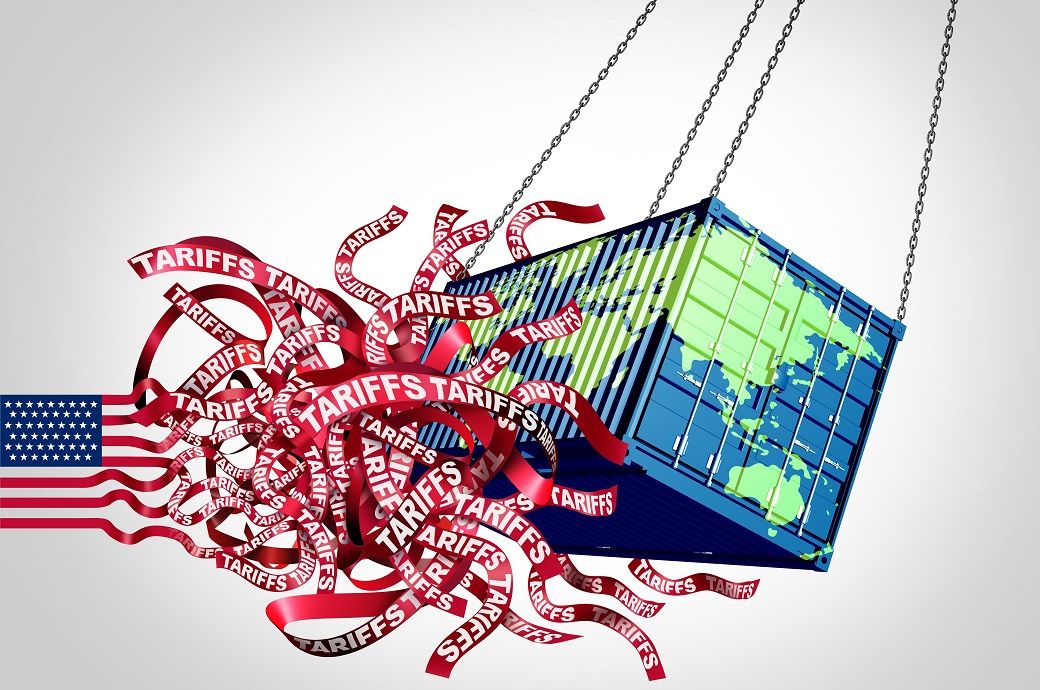
The rise in trade tensions and other uncertainty-raising policies are eroding consumer and business confidence, Goldman Sachs Research senior currency strategist Michael Cahill wrote in his team’s report.
The team found that changing perceptions of US governance and institutions are also affecting the appeal of US assets for foreign investors, and the rapid back-and-forth on policy decisions makes it difficult for investors to price outcomes other than high uncertainty.
The US dollar’s weakness against its major peers during the first quarter of 2025 is anticipated by Goldman Sachs Research to persist. Over the next 12 months, the US currency is forecast to fall by about 10 per cent versus the euro, and by close to 9 per cent against the Japanese yen and British pound (as of April 8).
“We have previously argued that the US’ exceptional return prospects are responsible for the dollar’s strong valuation,” Cahill wrote. “But, if tariffs weigh on US firms’ profit margins and US consumers' real incomes, they can erode that exceptionalism and, in turn, crack the central pillar of the strong dollar.”
Goldman Sachs Research strategists earlier expected trade-related uncertainty to weigh more on foreign countries than on the United States. But soft data in the United States has, so far, shown worrying signs while European sentiment has been surprisingly resilient.
This is partly related to non-tariff issues like federal spending cuts and concerns of a weakening labour market. But tariff policy is also part of the uncertain policy mix, which is contributing to the shakier US economic outlook.
There are signs that tariff announcements and a more aggressive stance toward historical allies are changing global views of the United States and US assets, an insights piece on Goldman Sachs website observed.
ALCHEMPro News Desk (DS)
Receive daily prices and market insights straight to your inbox. Subscribe to AlchemPro Weekly!